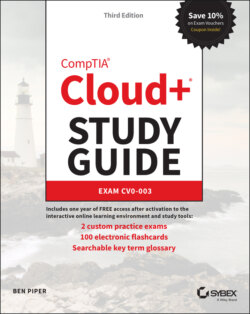Читать книгу CompTIA Cloud+ Study Guide - Ben Piper, David Higby Clinton - Страница 66
Unsupervised Learning
ОглавлениеUnsupervised learning applications include anomaly detection and automatic classification. Unlike the supervised learning model, the unsupervised learning model requires no manual training. Instead, unsupervised learning automatically finds patterns in a dataset and creates groupings or clusters based on those patterns. For example, given a collection of potato pictures, an unsupervised ML/AI algorithm might classify them based on size, color, and the presence or absence of eyes.
It's important to understand the limitations of this approach. The algorithm doesn't know that it's looking at potatoes, so it might classify a bean as a potato if they look similar enough. All that the algorithm does is to label the pictures based on similarities. If you want your application to be able to take a collection of random images and identify all the potatoes, you'll have to use a supervised learning model.
Another interesting unsupervised learning application is fraud detection. If you have a credit or debit card, there's a good chance that your financial institution is using ML/AI for this purpose. It works by analyzing how you normally use your card—purchase amounts, the types of merchandise or services you purchase, and so on—to establish a baseline pattern. If your purchase activity deviates too much from this pattern, the algorithm registers it as an anomaly, probably generating a call from your financial institution.
If this sounds similar to the supervised learning model, it's because it is, but with one big difference—the model is always retraining itself with new data. To better understand this, imagine that you frequent a particular coffee shop and use your card to buy coffee. One day, the coffee shop closes its doors for good, and you end up going to another shop. This may initially register as a slight anomaly, but as you continue visiting the new coffee shop, that becomes your new baseline. The model is continually retraining itself on what your normal card usage looks like.
To put a finer point on it, in supervised learning the algorithm is looking for things it does recognize. In unsupervised learning, the algorithm is looking for things it doesn't recognize.
